Search
Items tagged with: EarthScience
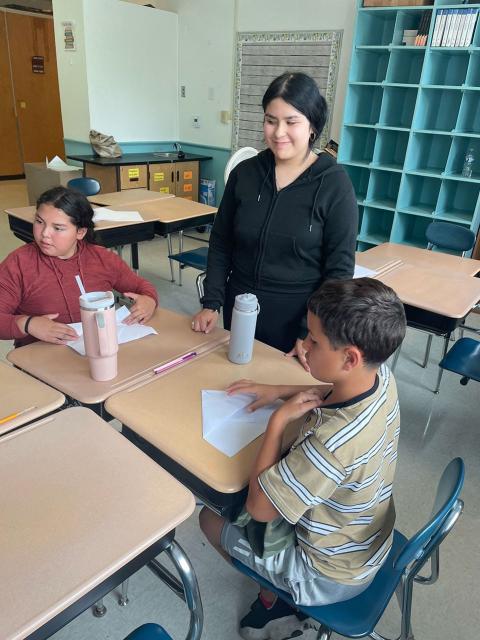
Integrating Relevant Science Investigations into Migrant Children Education - NASA Science
For three weeks in August, over 100 migrant children (ages 3-15) got to engage in hands-on activities involving blueberries, pollinators, and eDNA as part of their time with The Blueberry Harvest School (BHS).science.nasa.gov

NASA, Bhutan Conclude Five Years of Teamwork on STEM, Sustainability - NASA
NASA and the Kingdom of Bhutan have been learning from each other and growing together since 2019. NASA’s Earth scientists and research staff from several complementary programs, such as SERVIR, have helped support Bhutan's goals by providing da…Beth Ridgeway (NASA)

Sadie Coffin Named Association for Advancing Participatory Sciences/NASA Citizen Science Leaders Series Fellow - NASA Science
In August, the Association for Advancing Participatory Sciences (AAPS) announced a fellowship opportunity in partnership with the NASA Citizen Science Leaders Series.science.nasa.gov

International SWOT Satellite Spots Planet-Rumbling Greenland Tsunami - NASA
Data from space shows water tilting up toward the north side of the Dickson Fjord as it sloshed from south to north and back every 90 seconds for nine daysAnthony Greicius (NASA)
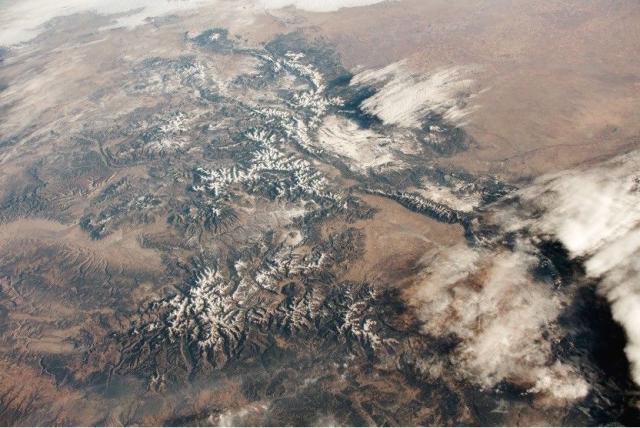
New NASA Instrument for Studying Snowpack Completes Airborne Testing - NASA Science
Summer heat has significant effects in the mountainous regions of the western United States. Melted snow washes from snowy peaks into the rivers, reservoirs, and streams that supply millions of Americans with freshwater—as much as 75% of the annual f…science.nasa.gov

Autumn Leaves – Call for Volunteers - NASA Science
The Global Learning and Observations to Benefit the Environment (GLOBE) Program is calling on volunteers of all ages to help students and citizen scientists document seasonal change through leaf color and land cover.science.nasa.gov
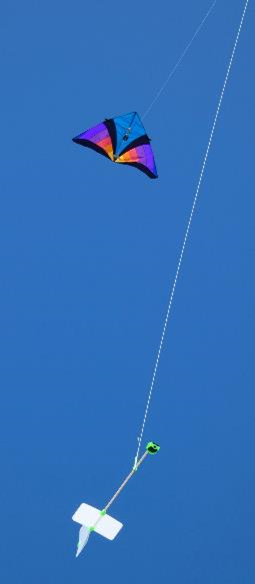
Kites in the Classroom: Training Teachers to Conduct Remote Sensing Missions - NASA Science
The NASA Science Activation program’s AEROKATS and ROVER Education Network (AREN), led by Wayne Regional Educational Service Agency (RESA) in Wayne County, MI, provides learners with hands-on opportunities to engage with science instruments & NASA te…science.nasa.gov
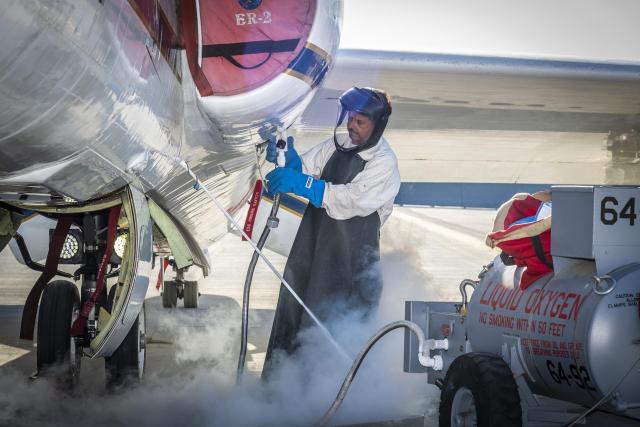
High-Altitude ER-2 Flights Get Down-to-Earth Data - NASA
Operating at altitudes above 99% of the Earth’s atmosphere, NASA’s ER-2 aircraft is the agency's highest-flying airborne science platform. With its uniqueDede Dinius (NASA)

S-MODE, ASIA-AQ, and the Role of ESPO in Complex Airborne Campaigns - NASA
ESPO solves problems before you know you have them. If you are missing a canister of liquid nitrogen, got locked out of your rental car, or need clearance forMilan Loiacono (NASA)

S-MODE, ASIA-AQ, and the Role of ESPO in Complex Airborne Campaigns - NASA
ESPO solves problems before you know you have them. If you are missing a canister of liquid nitrogen, got locked out of your rental car, or need clearance forMilan Loiacono (NASA)

What is Air Quality? - NASA
Clean air is essential for healthy living, but according to the World Health Organization (WHO), almost 99% of the global population breathes air exceedingMilan Loiacono (NASA)

Scientist Profile: Jacquelyn Shuman Blazes New Trails in Fire Science - NASA
Jacquelyn Shuman, FireSense Project Scientist at NASA Ames Research Center, originally wanted to be a veterinarian. By the time she got to college, Shuman hadMilan Loiacono (NASA)
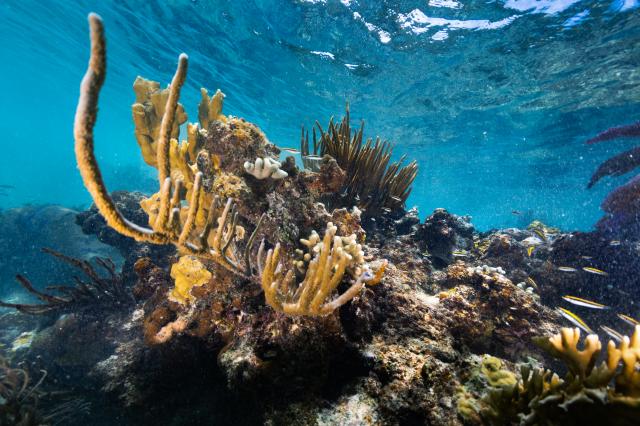
What is a Coral Reef? - NASA
Coral reefs cover only 1% of the ocean floor, but support an estimated 25% of all marine life in the ocean, earning them the moniker ‘rainforest of the sea.’Milan Loiacono (NASA)
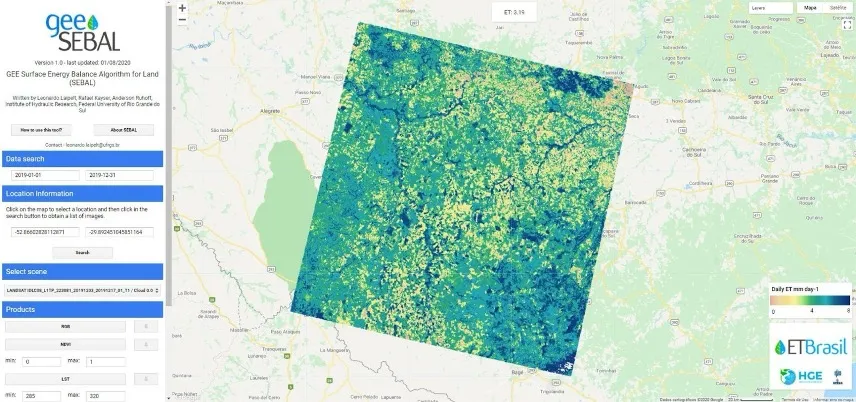
OpenET: Balancing Water Supply and Demand in the West - NASA
At the end of 2022, 65 percent of the Western United States was in severe drought, the result of a two decades long mega drought in the Colorado River BasinMilan Loiacono (NASA)
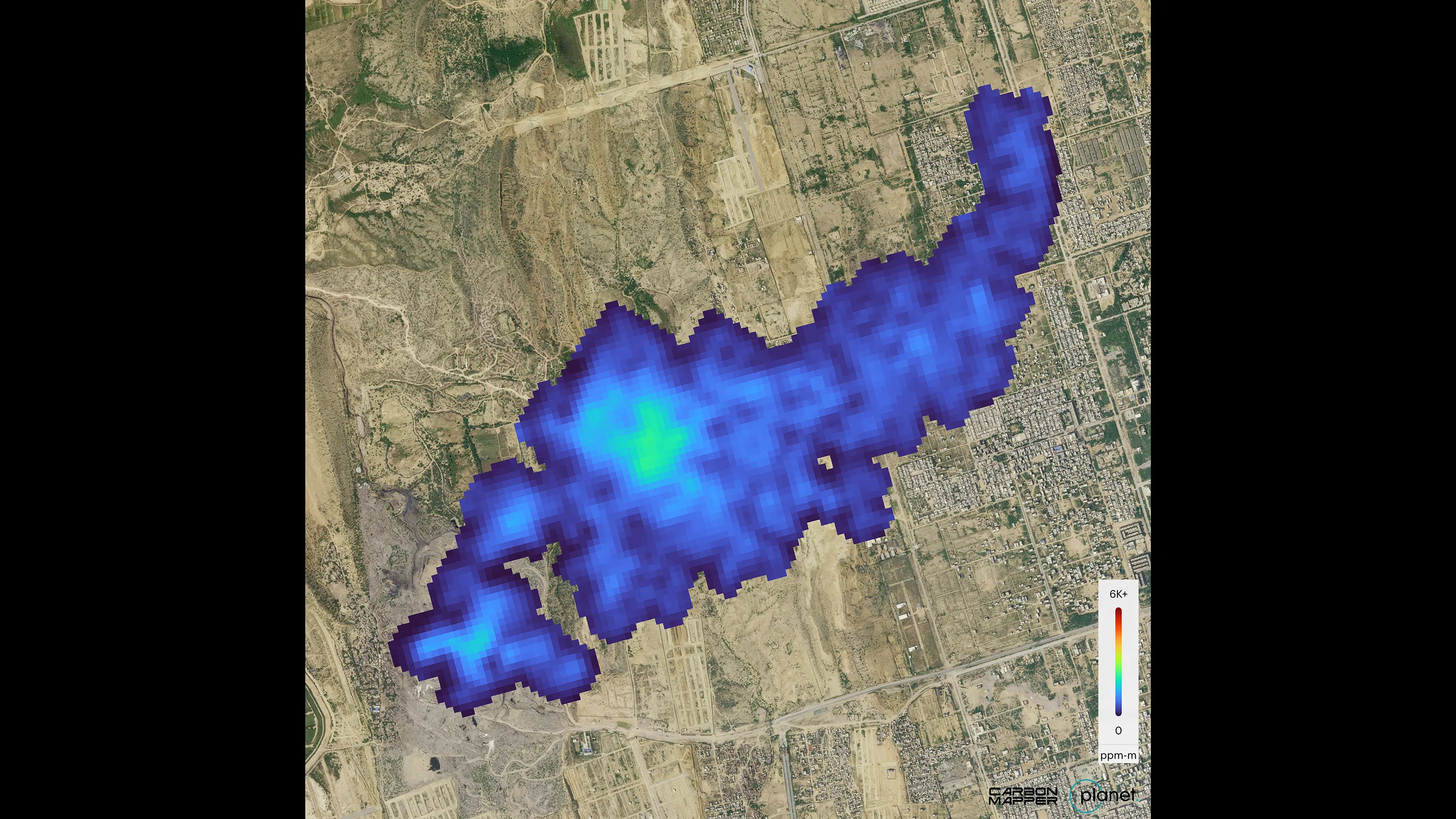
First Greenhouse Gas Plumes Detected With NASA-Designed Instrument - NASA
The imaging spectrometer aboard the Carbon Mapper Coalition’s Tanager-1 satellite identified methane and carbon dioxide plumes in the United States andAnthony Greicius (NASA)

NASA-Funded Study Assesses Pollution Near Los Angeles-Area Warehouses - NASA
Satellite-based data offers a broad view of particulate air pollution patterns across a major West Coast e-commerce hub.Anthony Greicius (NASA)
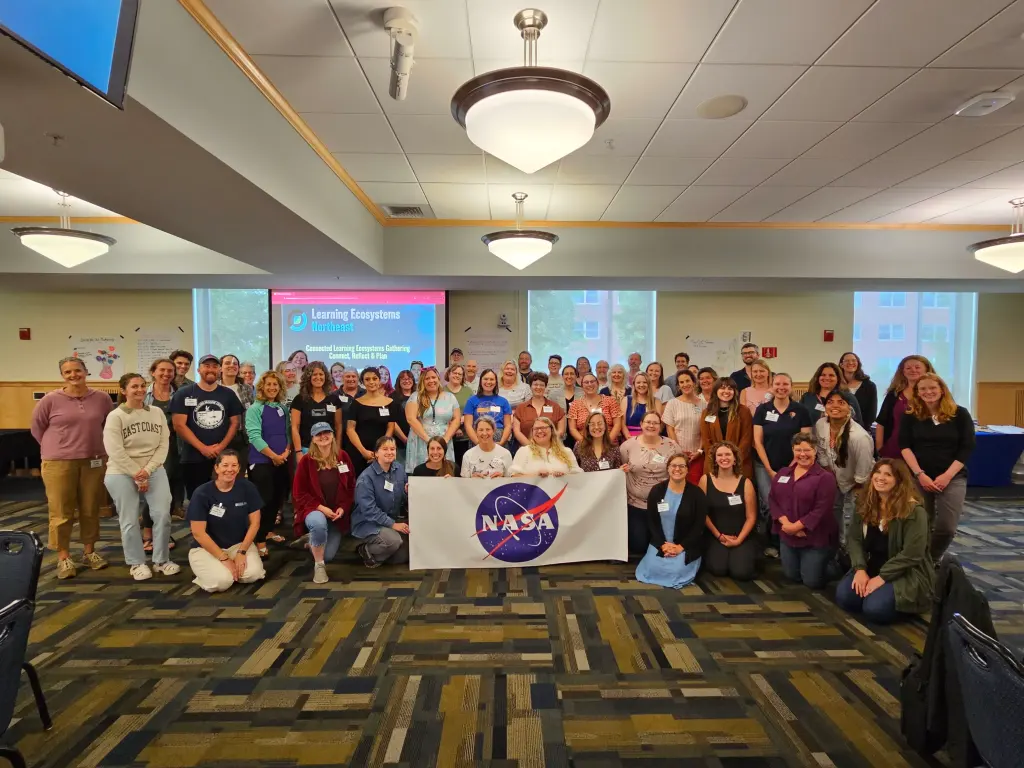
Connected Learning Ecosystems: Educators Learning and Growing Together - NASA Science
On August 19-20, 53 educators from a diverse set of learning contexts (libraries, K-12 classrooms, 4-H afterschool clubs, outdoor education centers, and more) gathered in Orono, Maine for the Learning Ecosystems Northeast (LENE) biannual Connect, Ref…science.nasa.gov
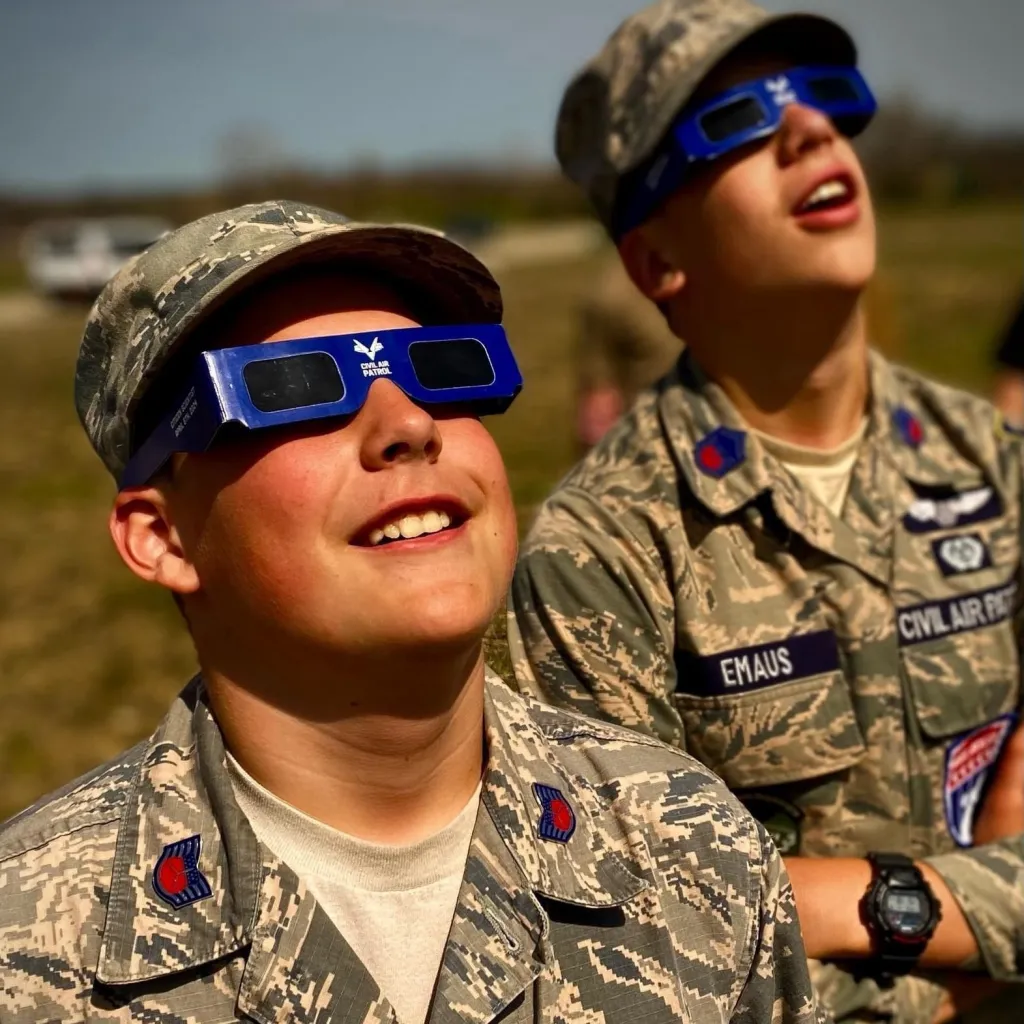
GLOBE Eclipse and Civil Air Patrol: An Astronomical Collaboration - NASA Science
The Civil Air Patrol (CAP) is a volunteer organization that serves as the official civilian auxiliary of the United States Air Force.science.nasa.gov
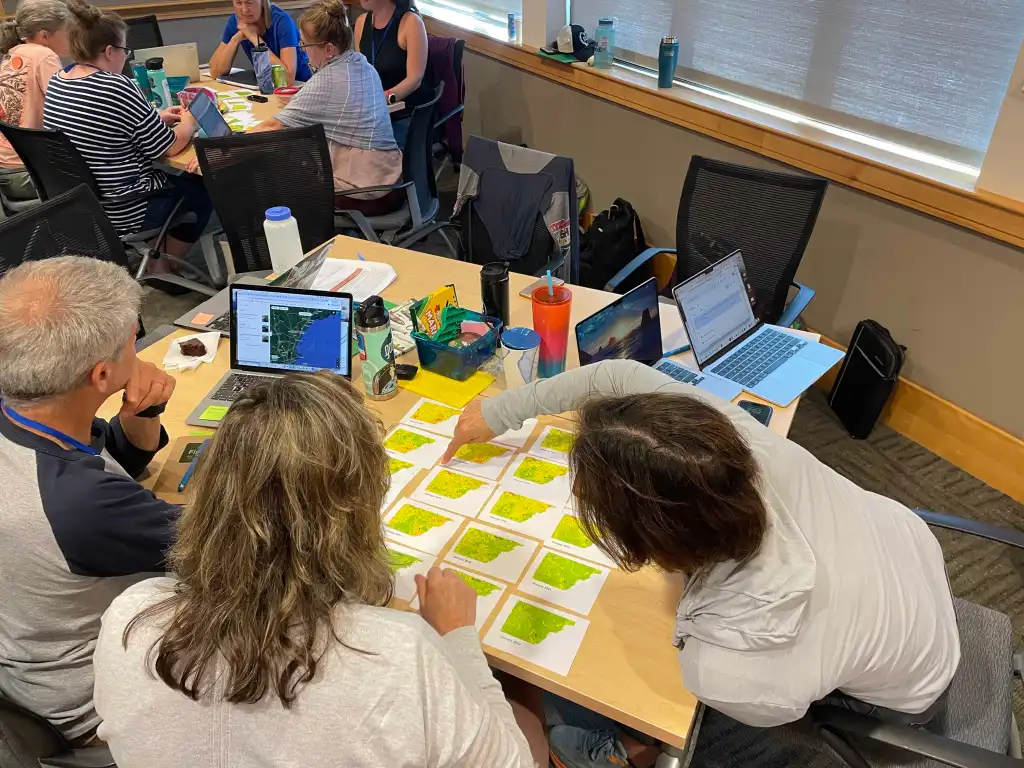
Science Activation’s PLACES Team Facilitates Third Professional Learning Institute - NASA Science
The NASA Science Activation program’s Place-Based Learning to Advance Connections, Education, and Stewardship (PLACES) project supports middle and high school educators to engage students in data-rich Earth science learning through the integration of…science.nasa.gov

GPM Celebrates Ten Years of Observing Precipitation for Science and Society - NASA Science
Introduction On February 27, 2014, the four-ton Global Precipitation Measurement (GPM) Core Observatory (CO) spacecraft launched aboard a Japanese H-IIA rocket from Tanegashima Space Center in southern Japan.science.nasa.gov
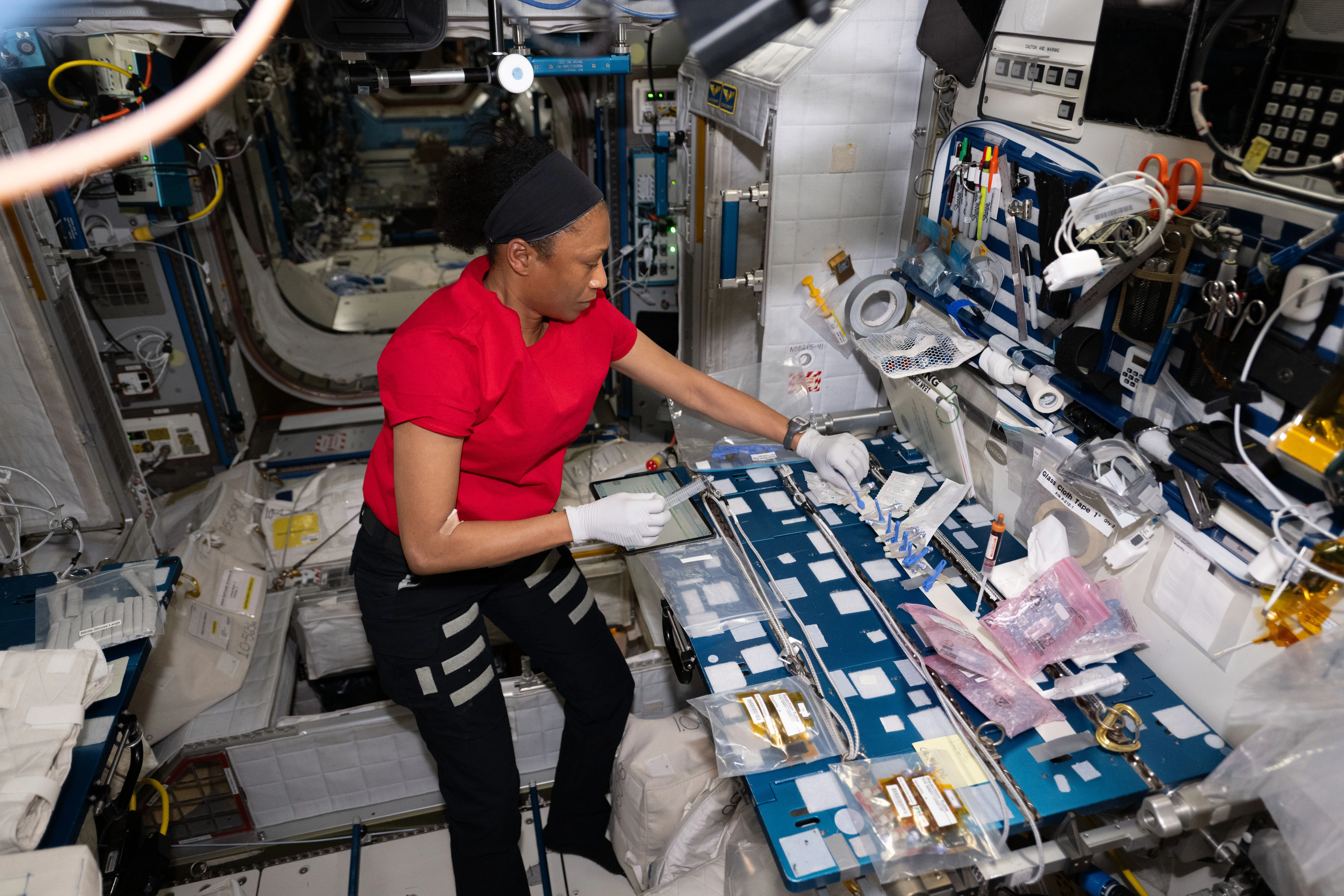
NASA’s SpaceX Crew-8 Concludes Space Station Scientific Mission - NASA
NASA astronauts Michael Barratt, Matthew Dominick, and Jeanette Epps and Roscosmos cosmonaut Alexander Grebenkin are returning to Earth after months aboardChristian M. Getteau (NASA)

NASA’s SpaceX Crew-8 Concludes Space Station Scientific Mission - NASA
NASA astronauts Michael Barratt, Matthew Dominick, and Jeanette Epps and Roscosmos cosmonaut Alexander Grebenkin are returning to Earth after months aboardChristian M. Getteau (NASA)

NASA Invites Media to Preview its Museum Earth Information Center - NASA
Media is invited to preview and interview NASA leadership ahead of the opening of the Earth Information Center at the Smithsonian National Museum of NaturalNASA
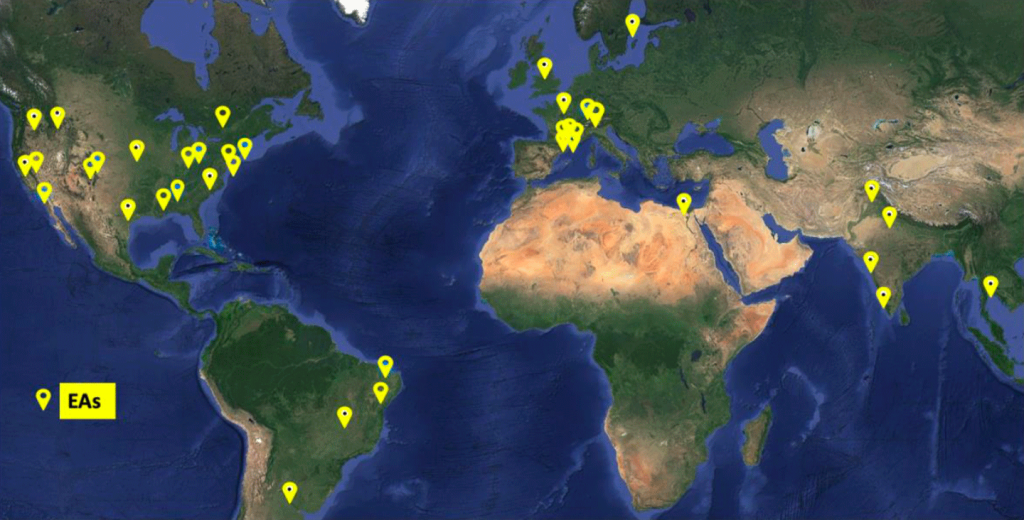
Summary of the 10th SWOT Applications Workshop - NASA Science
Introduction The tenth Surface Water Ocean Topography (SWOT) Applications Workshop took place December 7–8, 2023 at the California Institute of Technology Keck Institute for Space Studies.science.nasa.gov
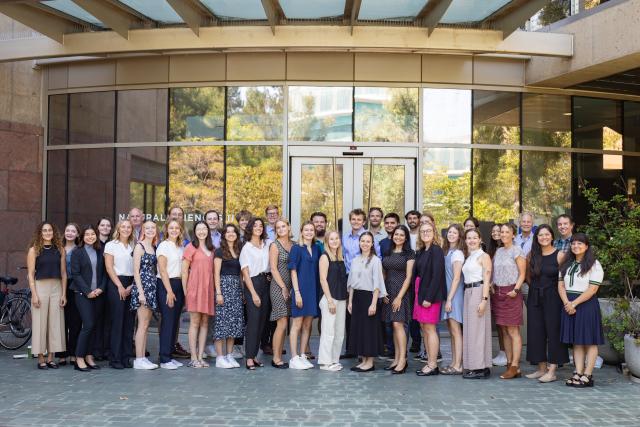
2024 SARP West Closeout - NASA
On August 12-13, 24 students from the West Coast cohort of NASA’s Student Airborne Research Program (SARP) gathered at University of California, Irvine (UCI)Milan Loiacono (NASA)
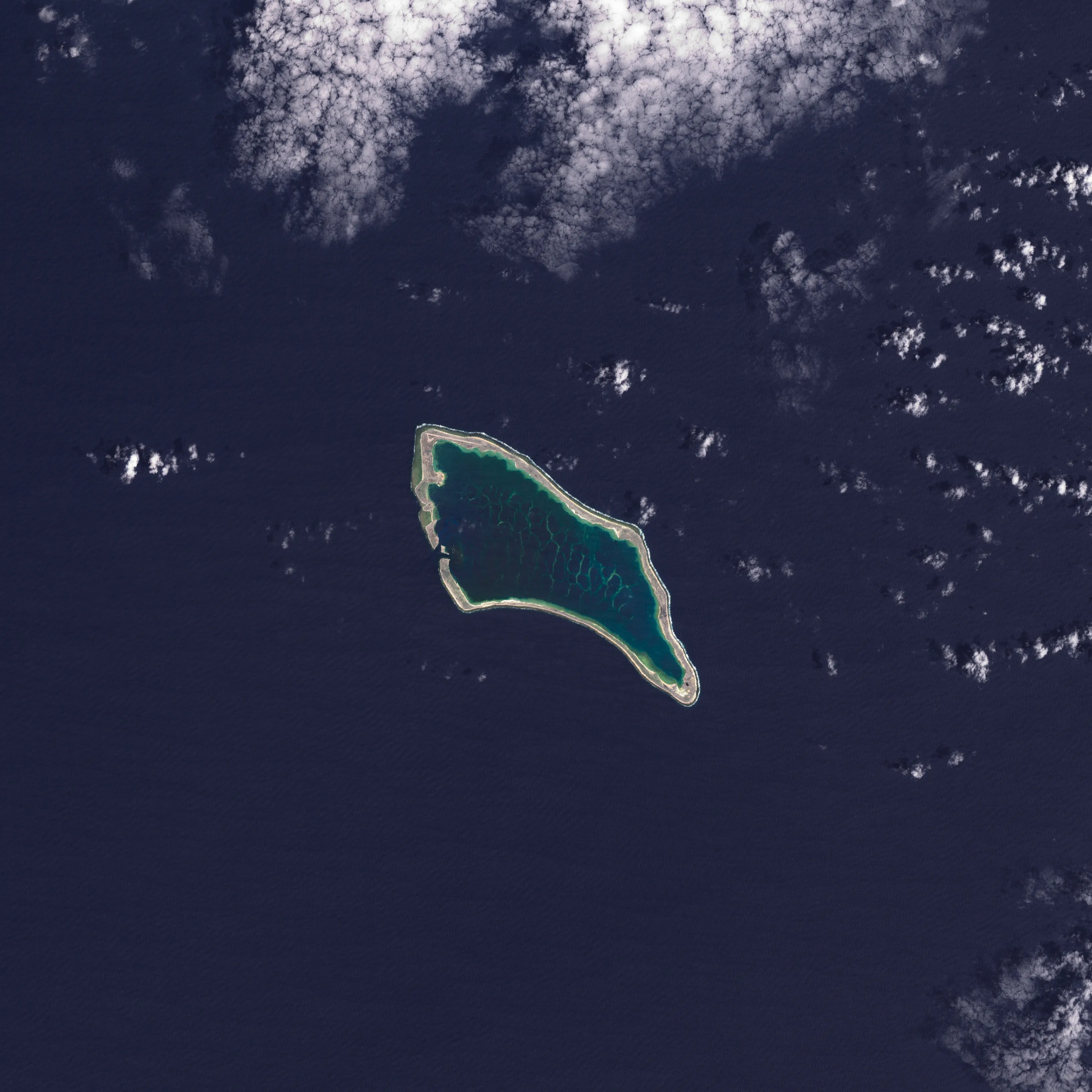
NASA Analysis Shows Irreversible Sea Level Rise for Pacific Islands - NASA
Climate change is rapidly reshaping a region of the world that’s home to millions of people.Anthony Greicius (NASA)
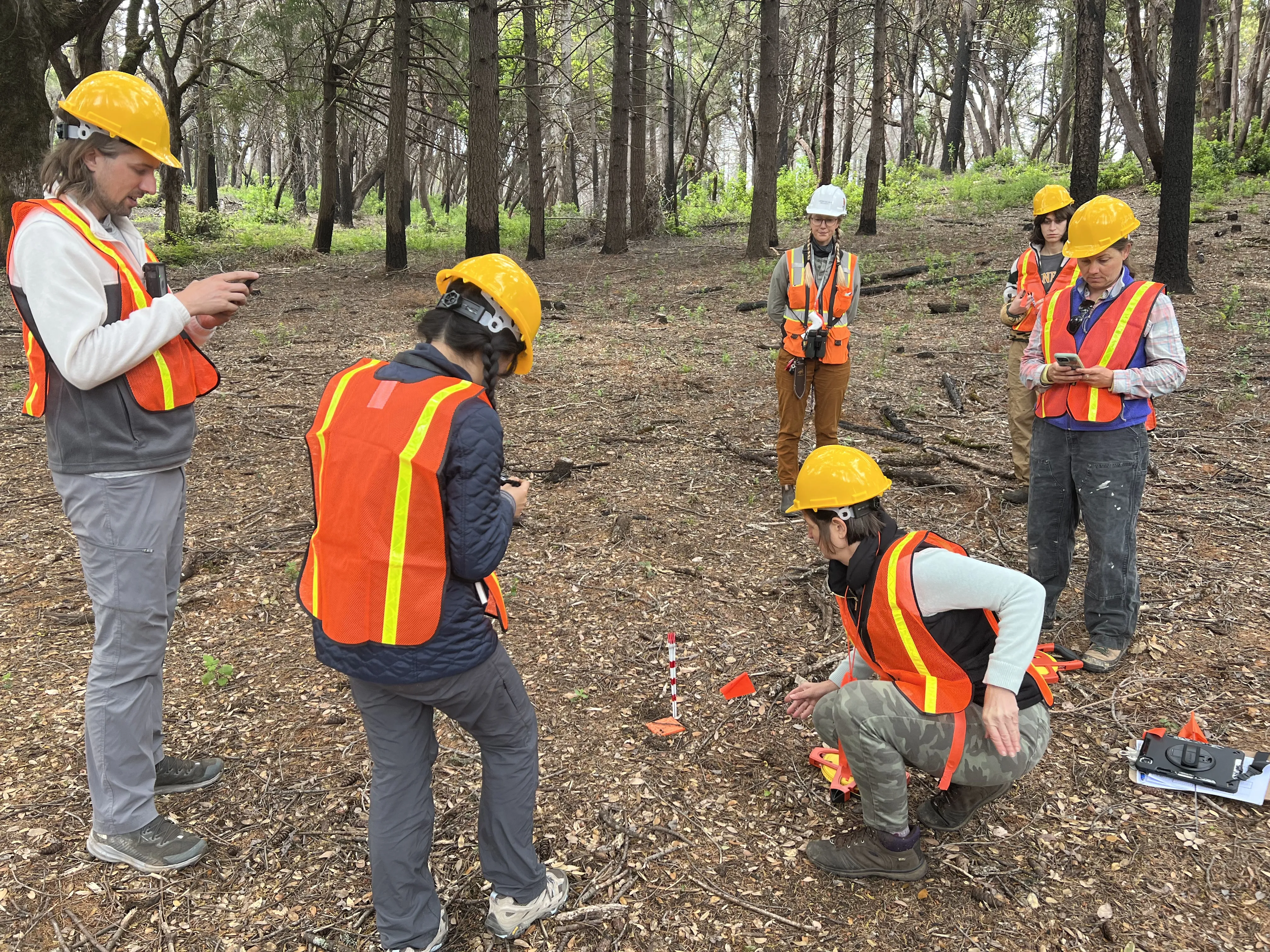
Fire Science Internships at Ames - NASA
San José State University (SJSU) and NASA Ames Research Center are offering the FireSage Program; a premier summer internship opportunity designed to equipMilan Loiacono (NASA)

ICESat-2 Hosts Third Applications Workshop - NASA Science
Introduction The NASA Ice, Cloud, and land Elevation Satellite-2 mission (ICESat-2), launched September 15, 2018, continues the first ICESat mission, delivering invaluable global altimetry data.science.nasa.gov
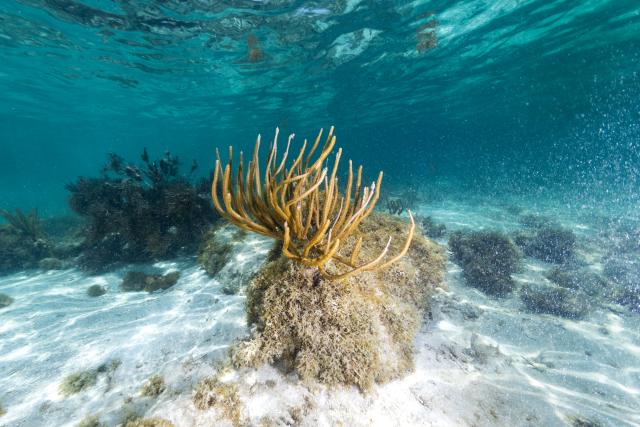
Ocean Science Missions and Projects - NASA
The Internet of Animals project combines animal tracking tags with remote sensing, to better understand habitat use and movement patterns. This kind ofMilan Loiacono (NASA)

Celebrating the First Earth Day Event at NASA Headquarters - NASA Science
Introduction Organized by the Science Mission Directorate’s Science Support Office (SSO), NASA hosted its 12th annual Earth Day Celebration event from April 18–19, 2024.science.nasa.gov
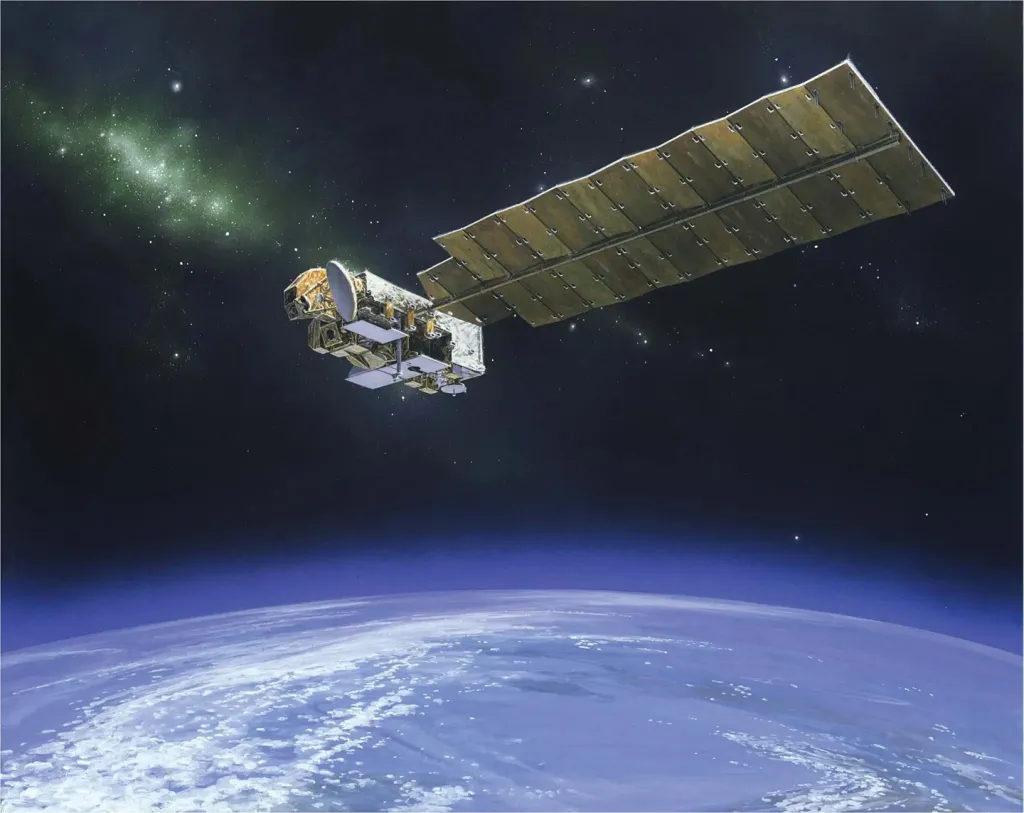
Aura at 20 Years - NASA Science
Introduction In the 1990s and early 2000s, an international team of engineers and scientists designed an integrated observatory for atmospheric composition – a bold endeavor to provide unprecedented detail that was essential to understanding how Eart…science.nasa.gov
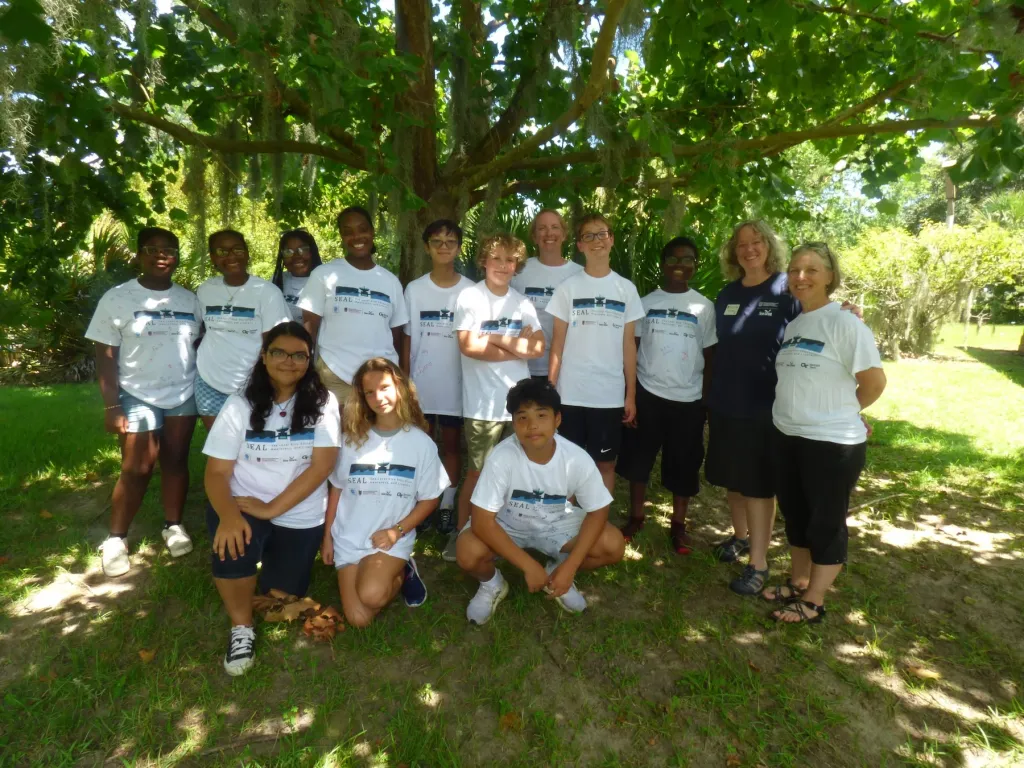
NASA Summer Camp Inspires Future Climate Leaders - NASA Science
From July 15-19, 2024, the Coastal Equity and Resilience Hub at the Georgia Institute of Technology collaborated with the University of Georgia (UGA) Marine Extension and Georgia Sea Grant to host a week-long NASA Sea Level Changemakers Summer Camp.science.nasa.gov
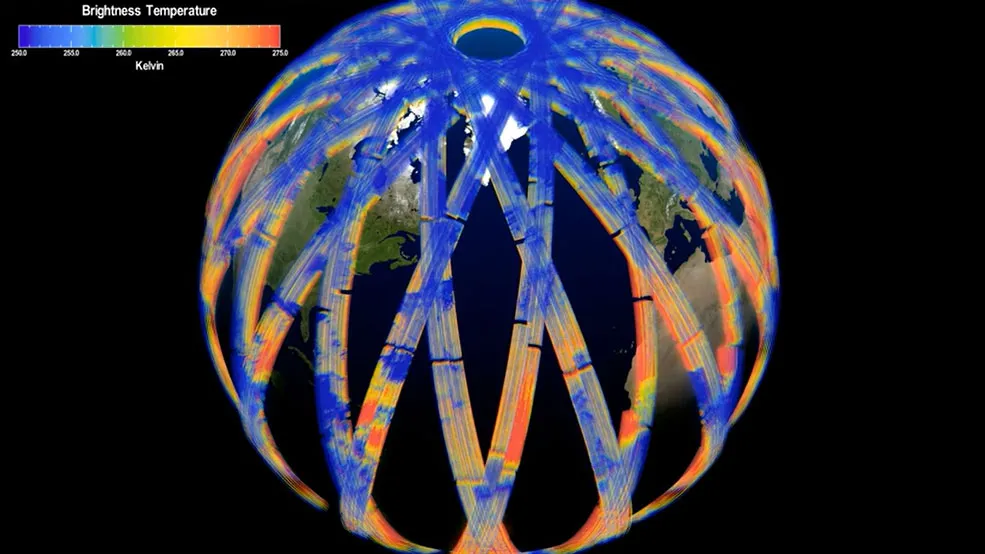
NASA Mission Gets Its First Snapshot of Polar Heat Emissions - NASA
The PREFIRE mission will help develop a more detailed understanding of how much heat the Arctic and Antarctica radiate into space and how this influencesAnthony Greicius (NASA)
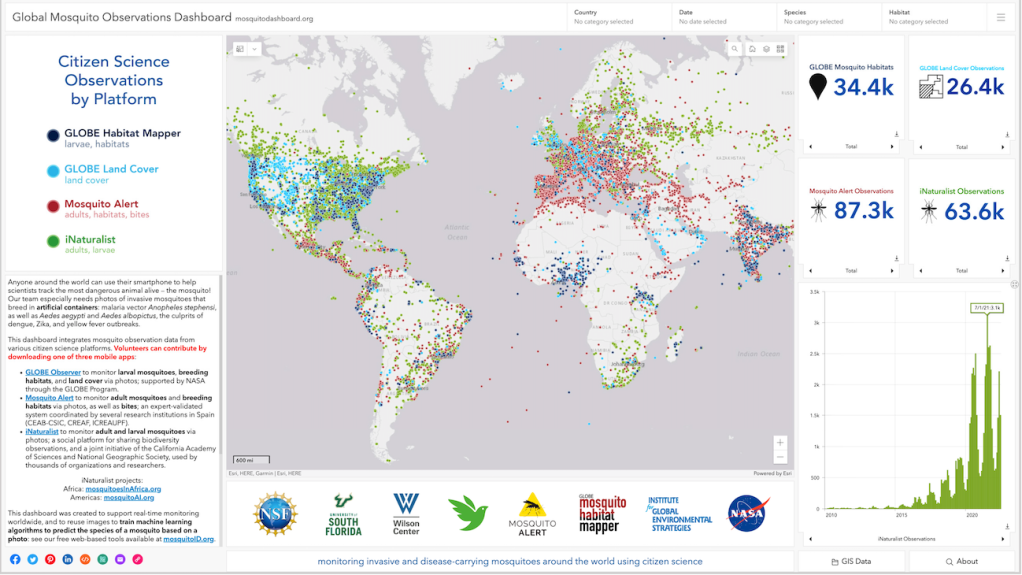
NASA Earth Science Education Collaborative Member Co-Authors Award-Winning Paper in Insects - NASA Science
On August 13, 2024, the publishers of the journal Insects notified authors of three papers selected to receive “Insects 2022 Best Paper Award” for research and review articles published in Insects from January 1 to December 31, 2022.science.nasa.gov
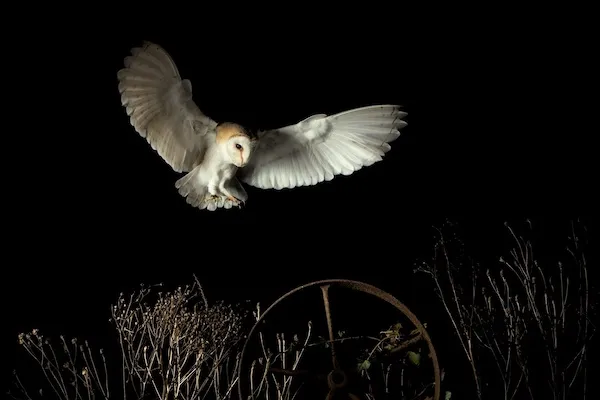
Eclipse Soundscapes AudioMoth Donations Will Study Nature at Night - NASA Science
During the April 8, 2024 total solar eclipse, approximately 770 AudioMoth recording devices were used to capture sound data as part of the Eclipse Soundscapes Project — a multisensory participatory science (also known as “citizen science”) project th…science.nasa.gov
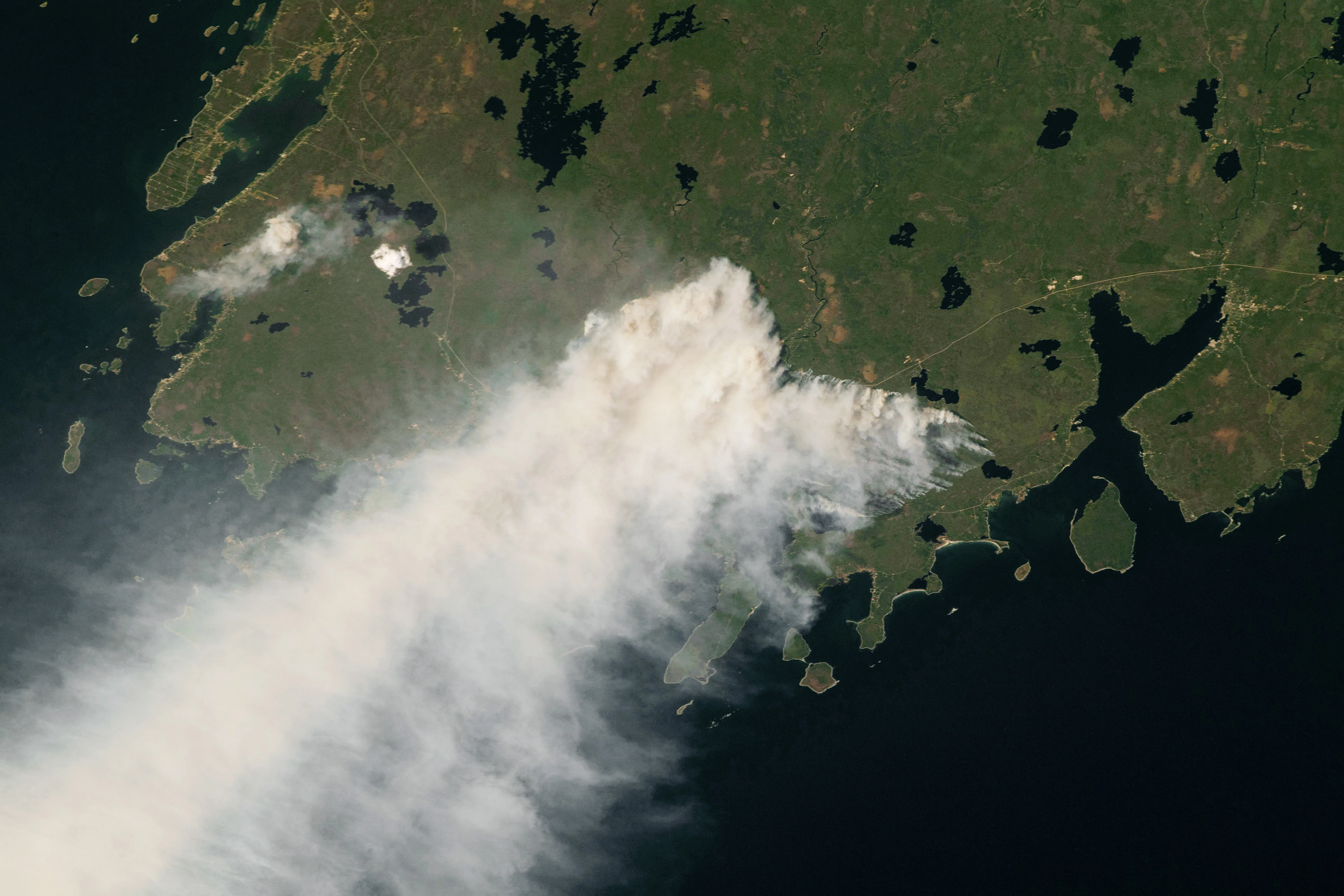
New NASA Study Tallies Carbon Emissions From Massive Canadian Fires - NASA
Extreme wildfires like these will continue to have a large impact on global climate.Anthony Greicius (NASA)
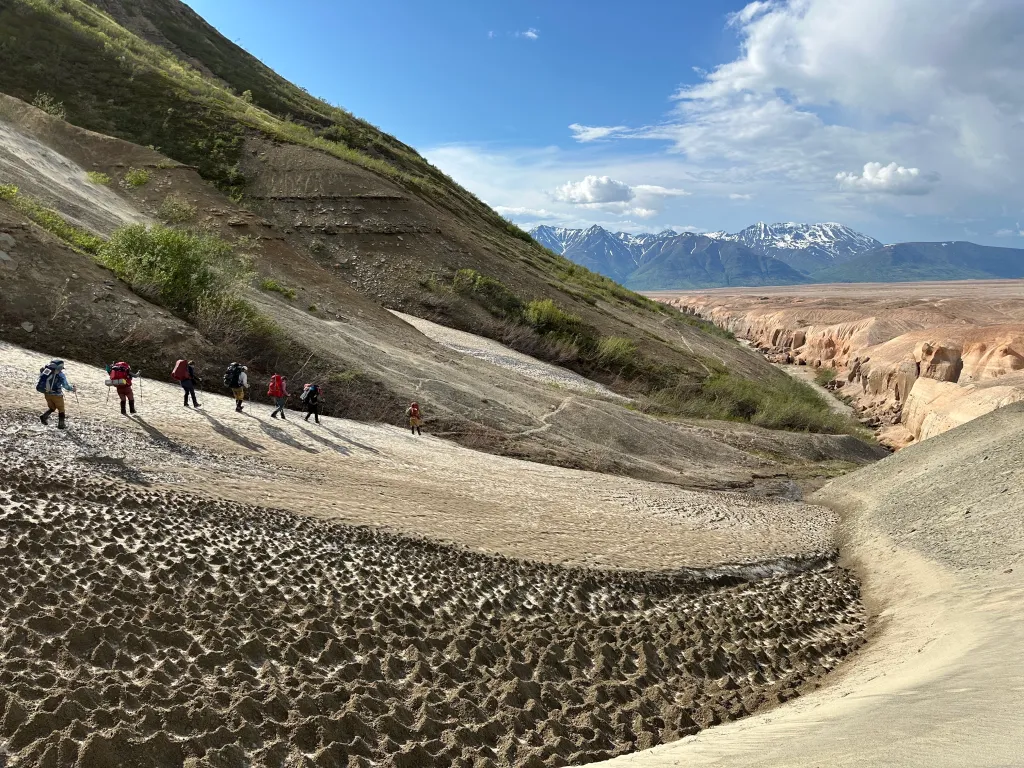
NASA Field Research: Valley of Ten Thousand Smokes - NASA Science
To better understand Mars, NASA's Goddard Instrument Field Team headed deep into the backcountry of Katmai National Park.science.nasa.gov

Looking Back on Looking Up: The 2024 Total Solar Eclipse - NASA Science
Introduction First as a bite, then a half Moon, until crescent-shaped shadows dance through the leaves and the temperature begins to drop – a total solar eclipse can be felt growing in the atmosphere.science.nasa.gov

Entrepreneurs Challenge Prize Winner Uses Artificial Intelligence to Identify Methane Emissions - NASA Science
The NASA Science Mission Directorate (SMD) instituted the Entrepreneurs Challenge to identify innovative ideas and technologies from small business start-ups with the potential to advance the agency’s science goals.science.nasa.gov
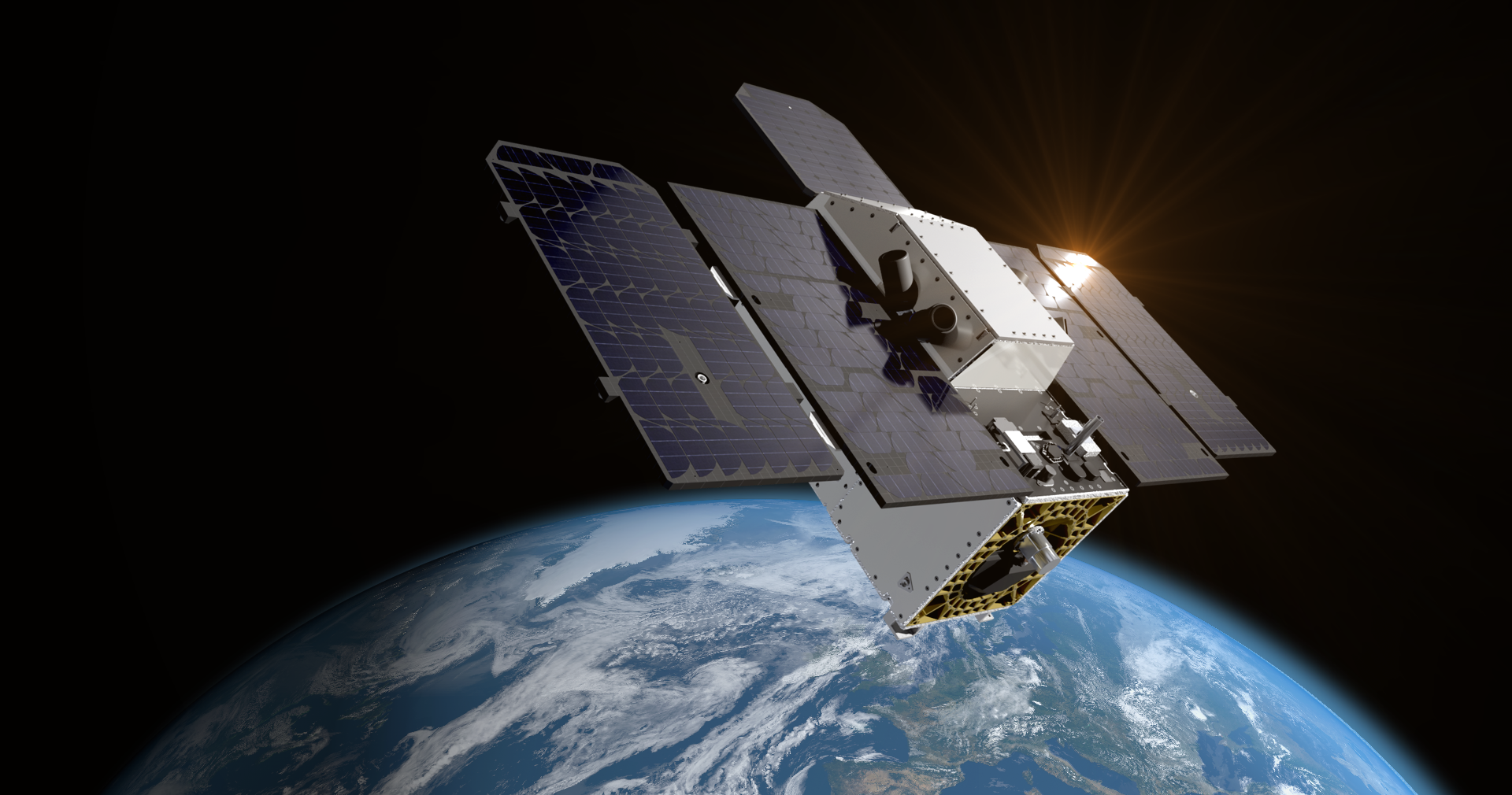
NASA-Designed Greenhouse Gas-Detection Instrument Launches - NASA
Developed by the agency’s Jet Propulsion Laboratory, the imaging spectrometer will provide actionable data to help reduce emissions that contribute to globalNaomi Hartono (NASA)
